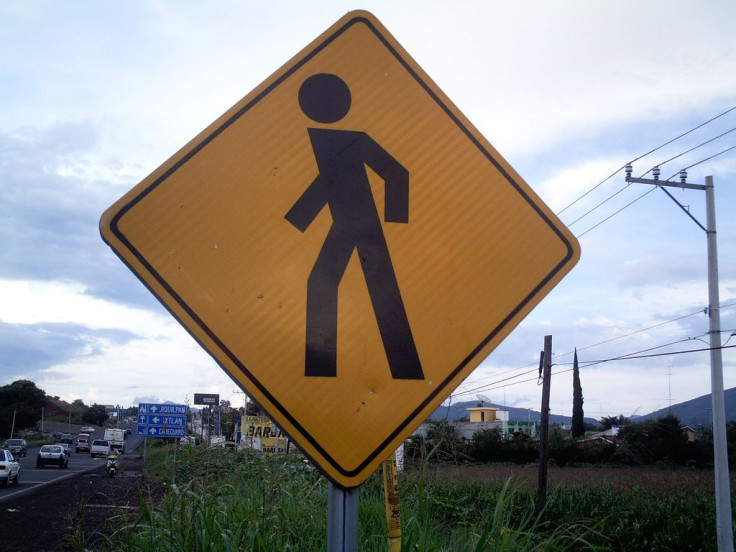Pedestrian Crossings Reveal Racism In America: Blacks Wait Up To 32% Longer Than Whites For Cars To Let Them Cross The Road

Does the way a pedestrian look influence whether or not you'll let them cross the road? Although it may not be a conscious decision, a pedestrian's race does affect the way drivers treat them, according to a new study; black pedestrians are likely to wait far longer than whites for drivers to yield.
Armed with a $30,000 grant from the National Institute for Transportation and Community, a team of multi-university researchers recently investigated the link between race and driver/pedestrian interaction, and uncovered some pretty unsettling results. Diverse pedestrians were chosen to partake in the study, with researchers controlling the participants' age, clothing, and other socioeconomic factors that may be observable by passing cars. The study was small and involved only around 88 pedestrian trials, plus 173 driver-subjects.
Despite the small number of participants, it didn't take long for differences to become obvious. Results revealed that blacks were twice as likely as whites to be passed by multiple cars before one stopped to let them cross the road, making them wait around 32 percent longer than white pedestrians.
"We were surprised at just how stark the difference was," University of Arizona transportation planning expert Arlie Adkins, who participated in the study, said in a statement. "Drivers were clearly displaying behaviors consistent with implicit racial bias."
Even more disturbing, this bias may answer why black and Hispanic male pedestrians are more than twice as likely as white men to die in traffic accidents. Kimberly Kahn, an assistant professor of social psychology and principal investigator of the study, explained that frustration with cars not yielding to allow minority pedestrians to walk across roads may push some minority pedestrians to force their right of way over the cars.
According to the researchers, it’s not that the drivers were being overtly racist, but rather that they were adhering to a subconscious decision. It’s this same subconscious bias that may explain why minorities are often underdiagnosed for medical conditions, have more difficulty having their resume considered for potential jobs, and have difficulties hailing taxis.
"These subtle forms of stereotyping are pervasive across society, and the majority of Americans hold some level of subconscious bias or association just by growing up in this culture," said Kahn in a statement.
Identifying the problem is only one part — now we have to work on fixing it. A study from earlier this year suggested that the practice of "colorblindness," or completely ignoring the concept of race, can do more harm than good. According to those researchers, teaching colorblindness not only did little to address the idea of racism, but also negatively affected the self-identification of many minority children. Instead, talking about racial and cultural differences may be the first step to reducing biases and social injustices.
Source: Goddard T, Kahn KB, Adkins A. Racial bias in driver yielding behavior at crosswalks. Traffic Psychology and Behaviour. 2015.
Published by Medicaldaily.com



























